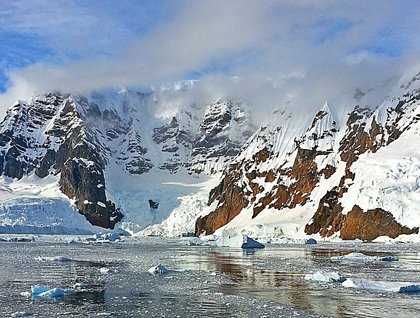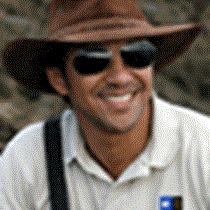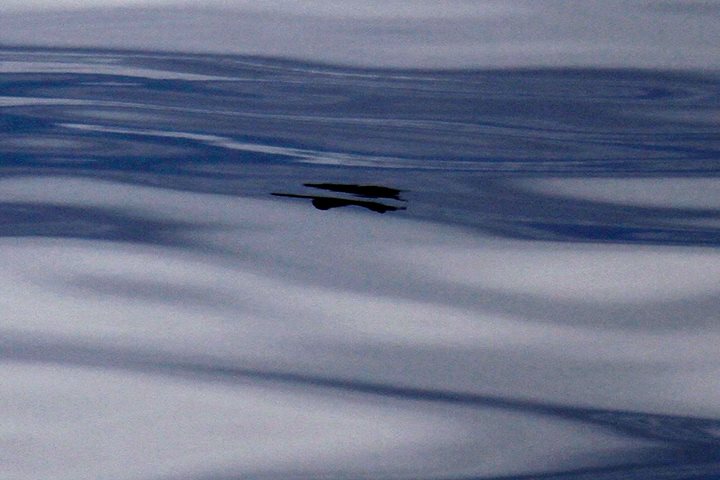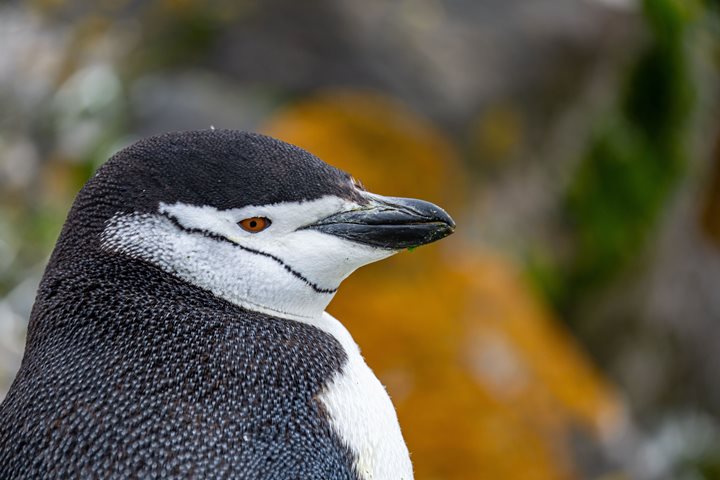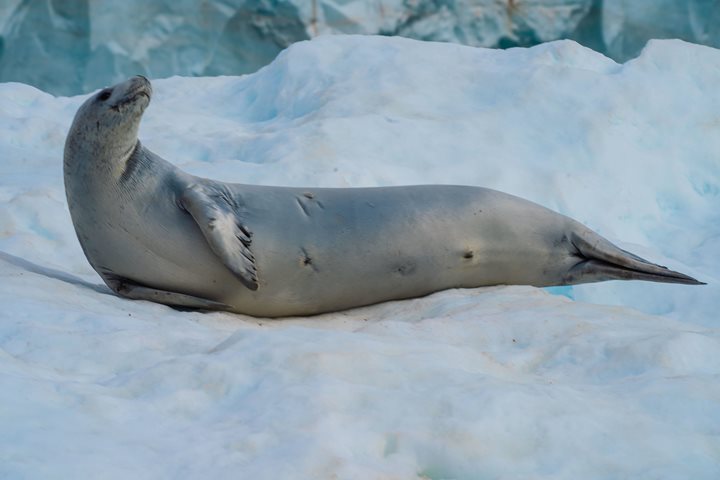It was 6:30 in the morning and a gentle voice came through the P.A system. “Good morning, Good morning!” It was Stephanie, our expedition leader, waking us all rather earlier than scheduled and for a good reason, we were entering an iconic location in Antarctica known as Lindblad Cove.
It was not only the location, but the incredible light of the morning reflected on the icy edges of the nearby glacier, combined with the brown patches coming from the already melted snow from the hills; it produced a landscape worth waking up for!
Lindblad Cove was named after Lars-Eric Lindblad, the father of the President & Founder of our company, Sven Lindblad. He was a pioneer in expedition travel, and certainly a visionary when it comes to exploration, as he pioneered expedition travel to Antarctica under the concept of expedition tourism as a means of environmental awareness.
As the morning progressed, the landscape combined the sightings of several species of seals and whales, including the famous leopard seal and the rather elusive minke whale.
After spending part of the early morning exploring Lindblad Cove, the National Geographic Explorer made its way out of the bay and navigated south towards a location known as Cierva Cove. It was here that our fleet of Zodiacs was put in the water, and in no time we started the exploration of this beautiful area. The weather was very “Antarctic-like” but this fact just added character to our Zodiac ride; as we cruised, we had to push away the brash ice coming from the icebergs, ice floes, and from the impressive glacier at the distance.
Some of the larger pieces of ice served as resting platform for some of the species of seals, such as the Weddell and the leopard seal. We were lucky to find both species resting peacefully on several ice floes, and we were all impressed by the fearless behavior they all showed us.
Geographically, we are just below 64˚ south, and soon we will be traveling even farther south, looking for new adventures, in this magical white land of Antarctica!

